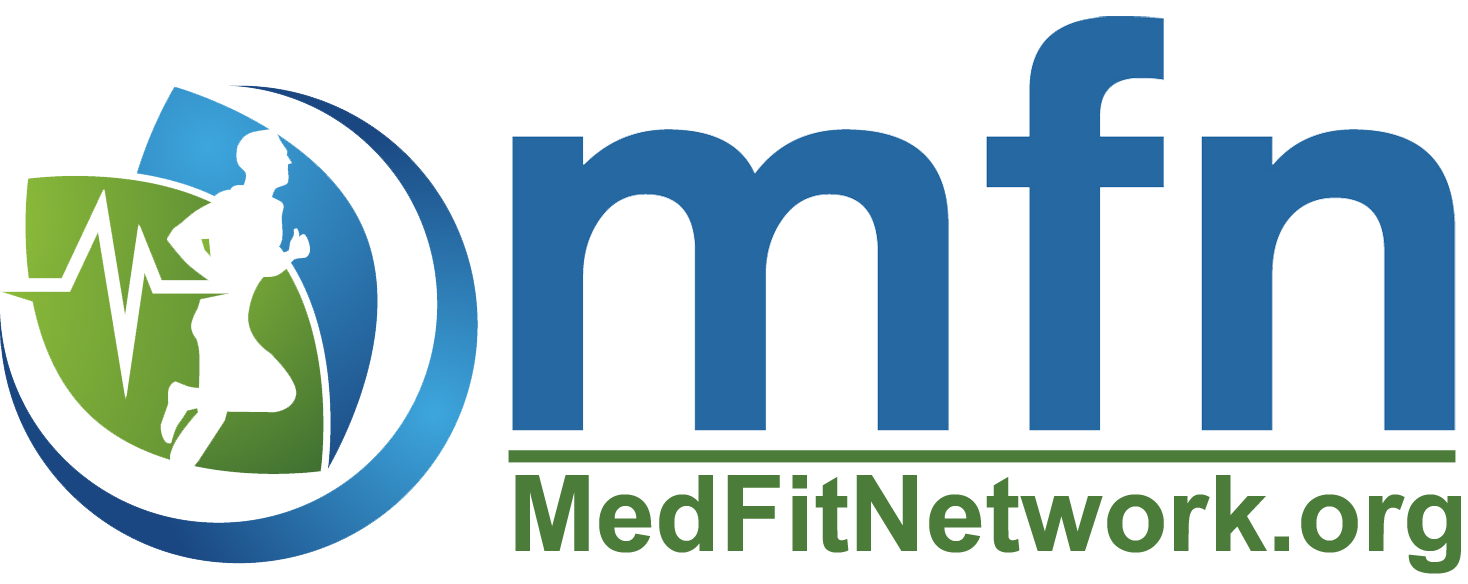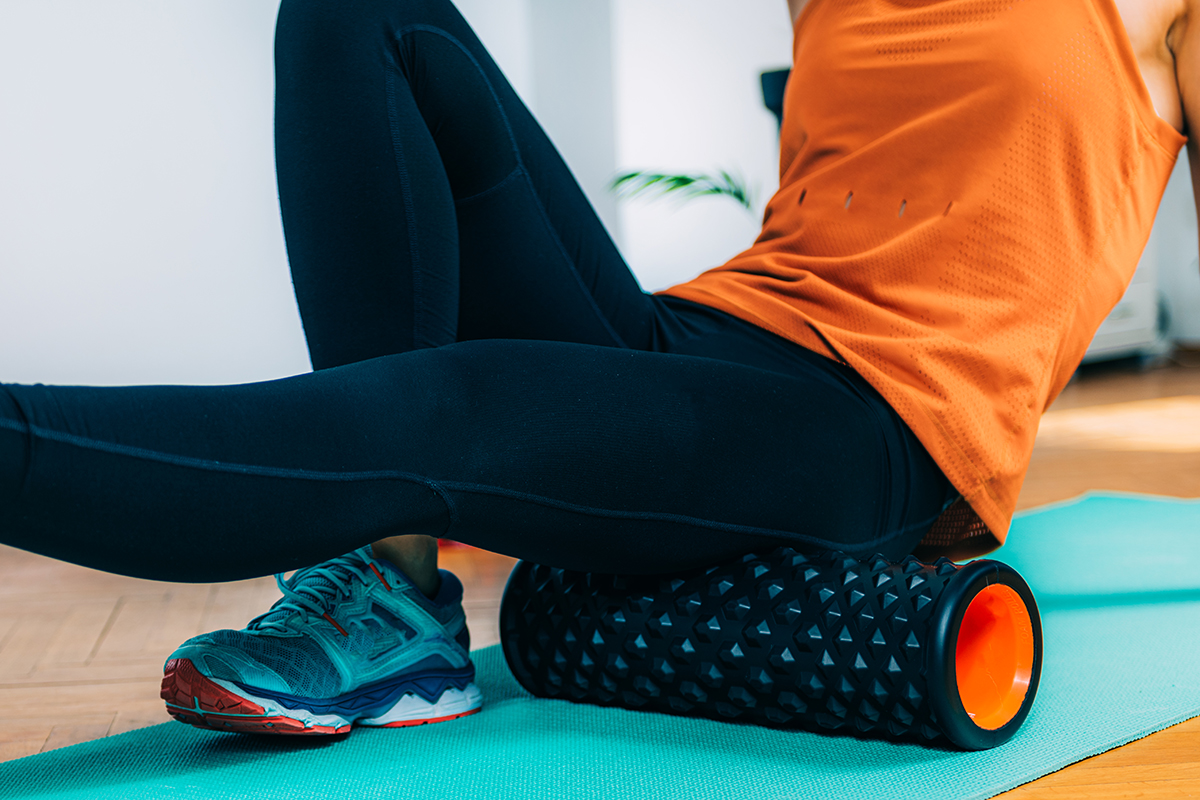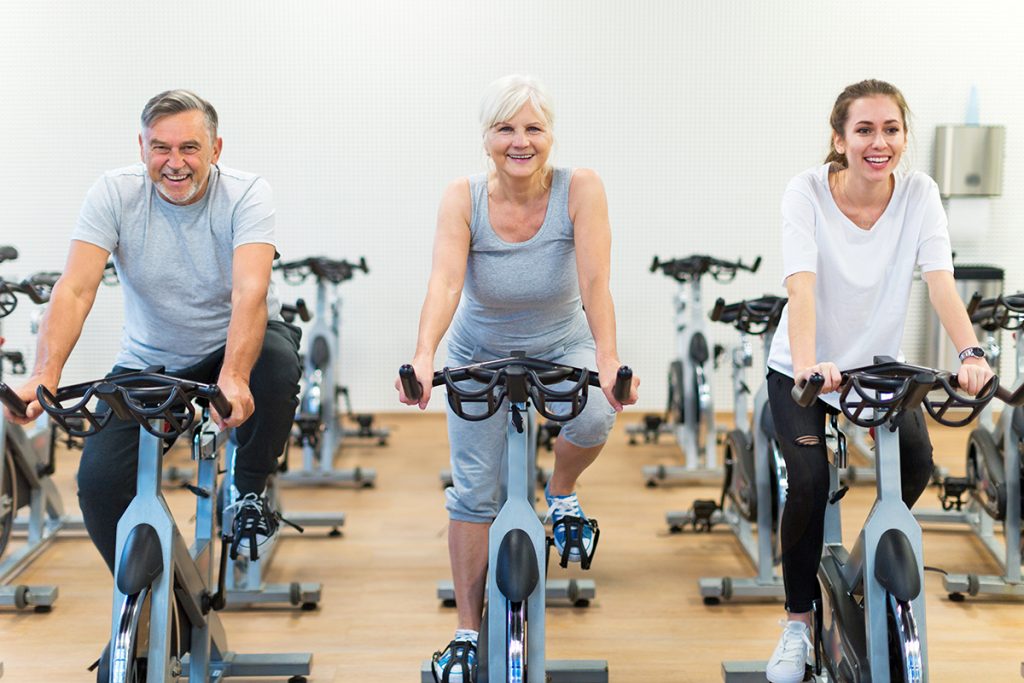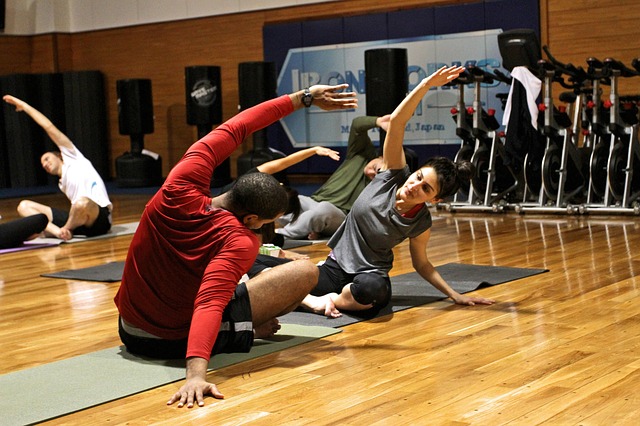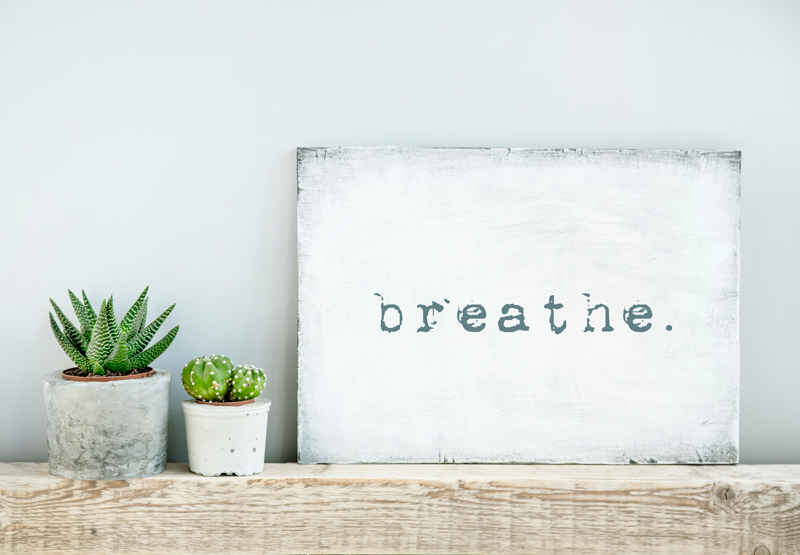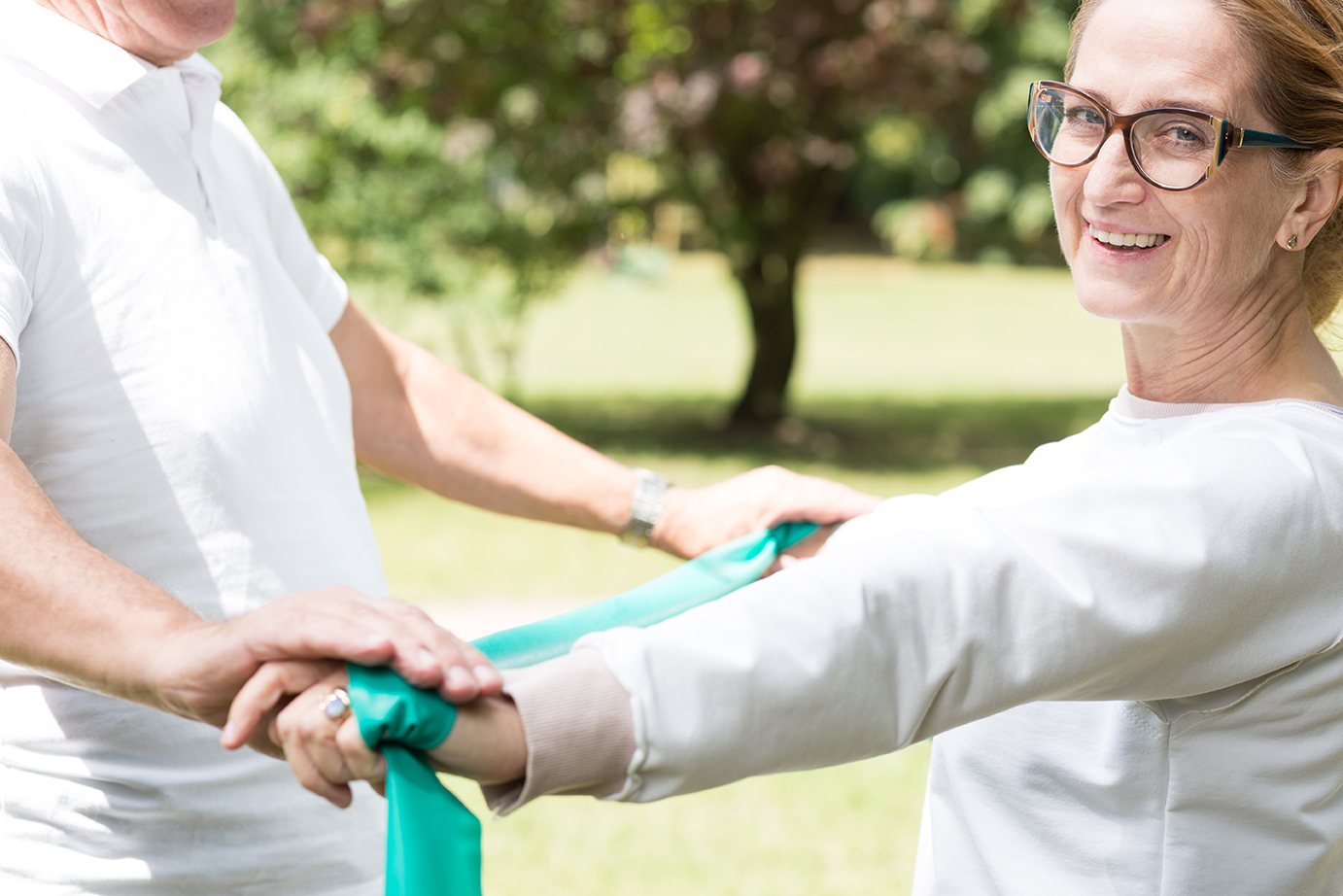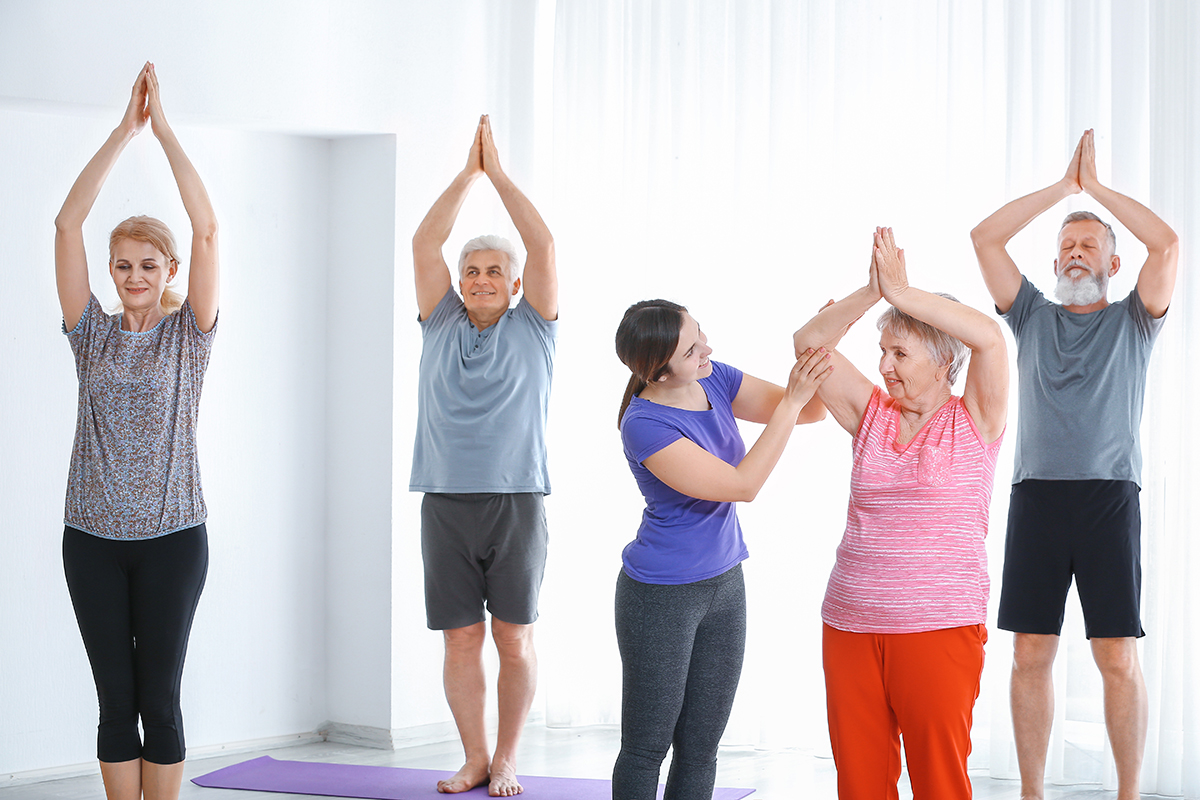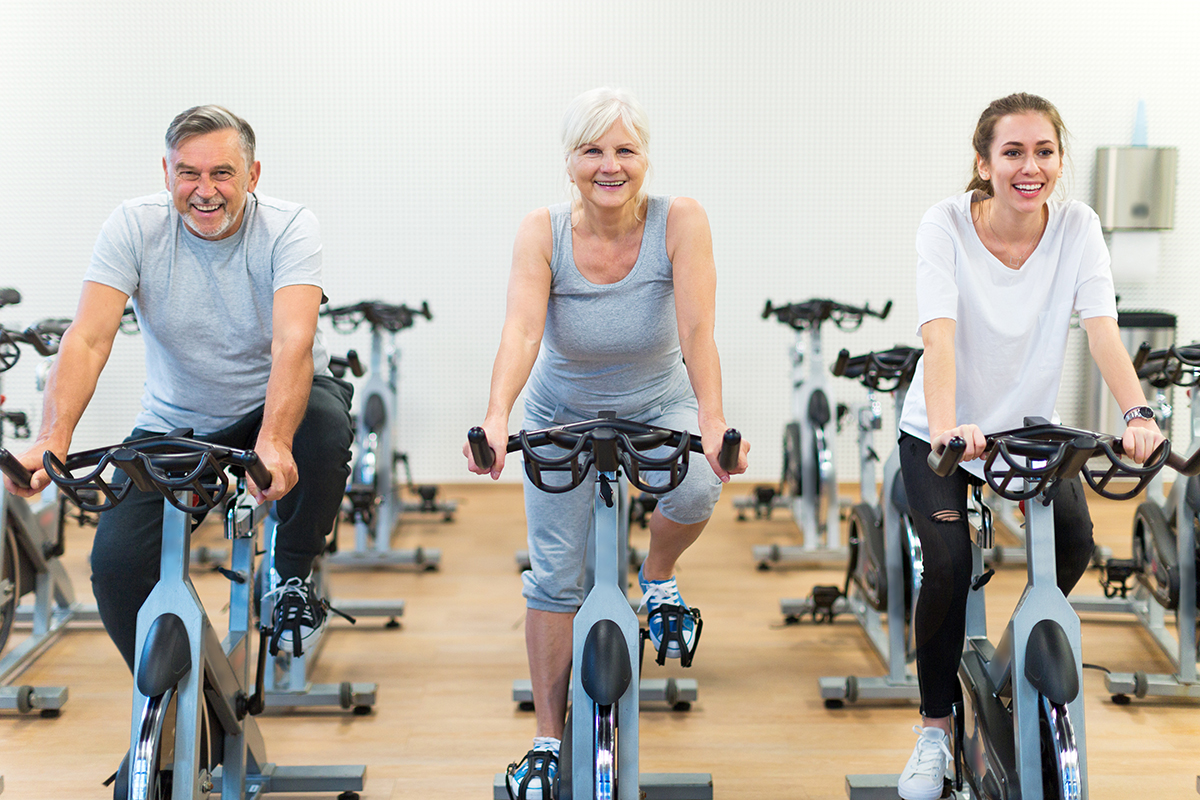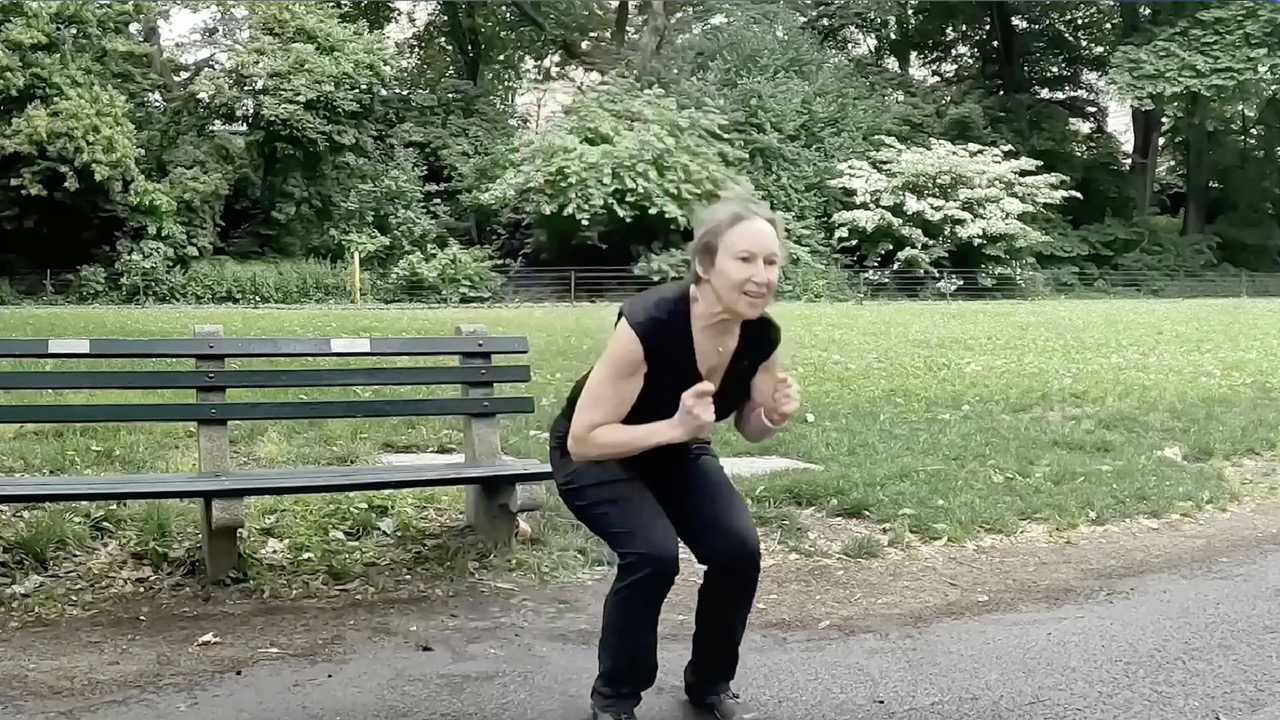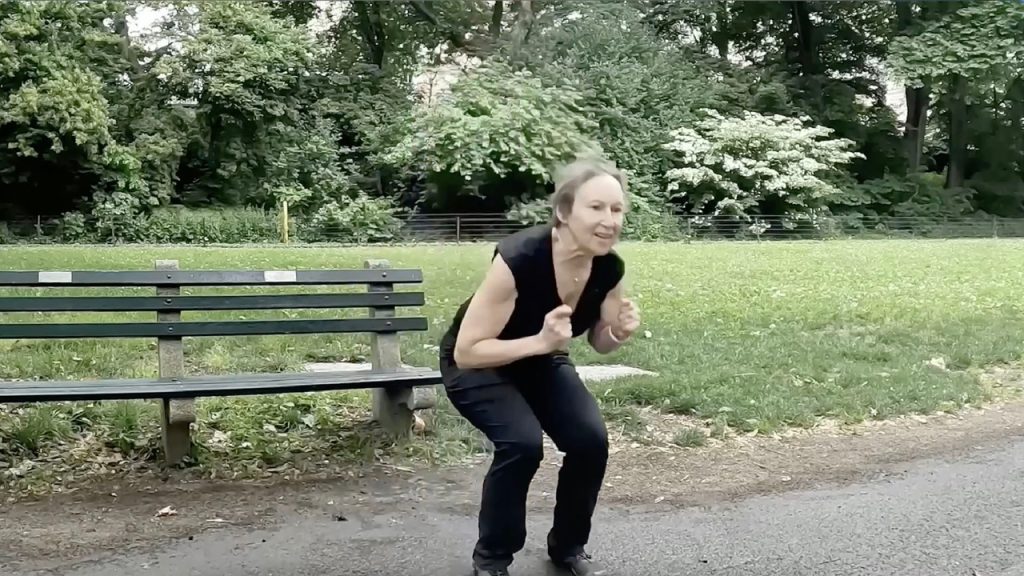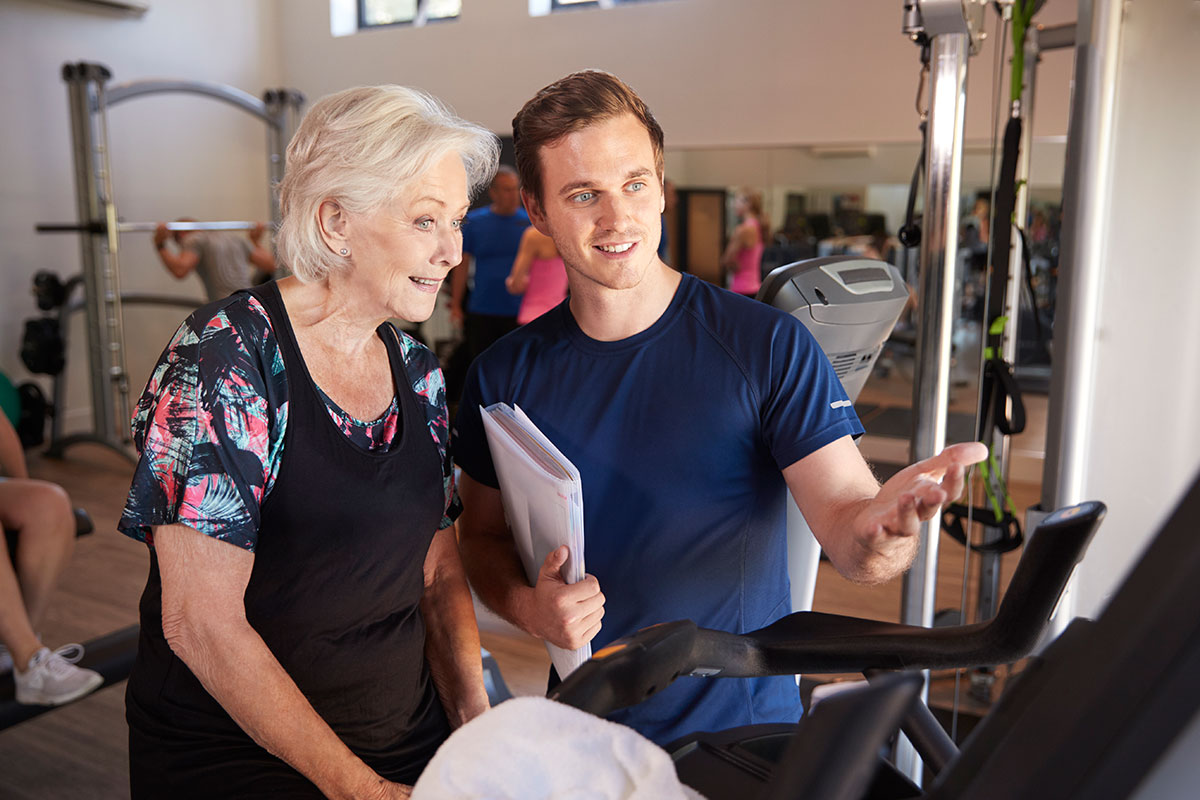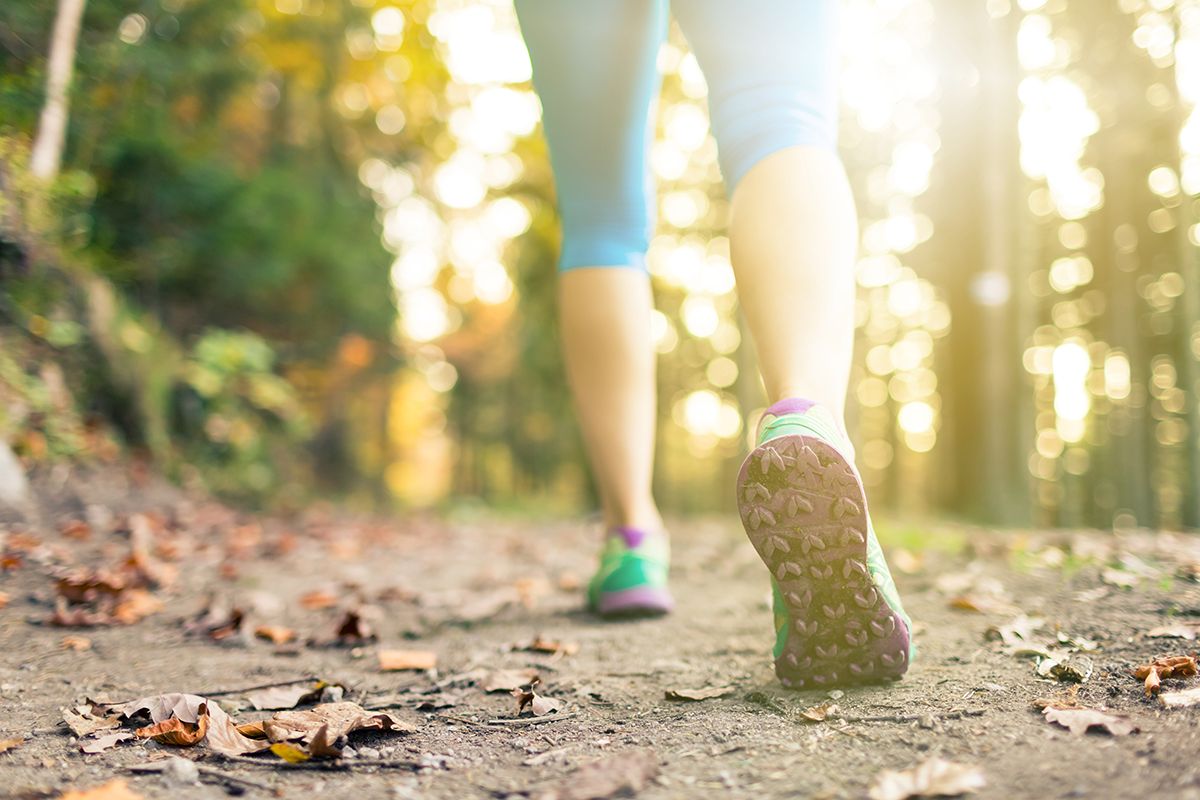Foam Rolling: The What, Why & How
We are not as active as we once were. Our lifestyles today do not require as much movement as it once did. A perfect example of this is Giant’s Peapod (need I say anymore). Not being active takes a toil on our bodies and sitting tends to take over our bodies main position in space. For those that are active, injuries may still occur. When a person is not active and does a lot of sitting (or sleeping in awkward positions) or when a person is active and gets injured, our bodies respond by putting our muscle tissues into overdrive. In other words, they end up working harder than they should which leads to adhesions or knots in the fascia (connective tissue found throughout our entire body). This is where foam rolling can be very helpful.
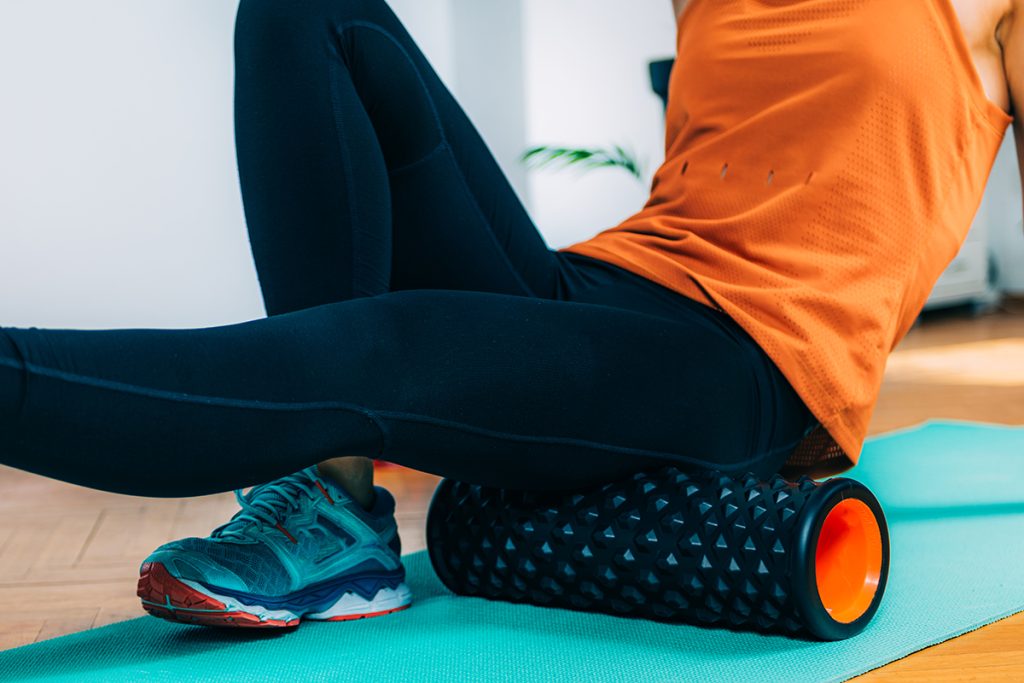
What is Foam Rolling?
Foam rolling is the concept of applying pressure to a sore or tender muscle that will send a signal to your brain to tell it to relax. If you are familiar with a massage, then, you can think of foam rolling as a self-massage.
Why Foam Rolling?
According to the National Academy of Sports Medicine (NASM), foam rolling is beneficial to help alleviate and correct discomfort. For example, if a person does a lot of sitting, then most likely their hip muscles will be working overtime. Foam rolling will help the hip muscles to return to a normal state of work. Also, since overworking muscles cause your body to compensate and have poor posture, foam rolling can help to correct bad posture too.
How Do You Foam Roll?
In order to determine what muscles on your body are working overtime, you want to consult with a corrective exercise specialist. This could be a physical therapist, personal trainer or massage therapist (to name a few). They can watch your posture and how you move to determine which muscles need foam rolling. Typical muscles that need foam rolling include one’s: calves, hips, lateral to mid-back, thighs and chest. For example, if one determines their calf muscle is working overtime, the protocol would be to sit down on their butt with the foam roller placed directly underneath their calf muscles. The person would apply pressure by pushing their calf muscle only into the foam roller. If they feel any discomfort, they would hold that spot of discomfort for at least 30 seconds to allow the calf to relax. If a person does foam rolling on a regular basis (I recommend 3-5 times/week for four weeks), they could accomplish significant improvement to their posture, which means less discomfort to their body.
Conclusion
Foam rolling is a proven technique that allows overactive muscles throughout our bodies to return to a state of normalcy. If you have muscles on your body that do not feel normal, foam rolling may be the solution to your problem.
Maurice D. Williams is an Assistant Professor of Health & Human Performance at Freed-Hardeman University, an the owner of Move Well Fitness. With almost two decades in the industry, he’s worked with a wide range of clients, including those with health challenges like diabetes, osteoporosis, multiple sclerosis, hypertension, coronary artery disease, lower back pain, pulmonary issues, and pregnancy.
